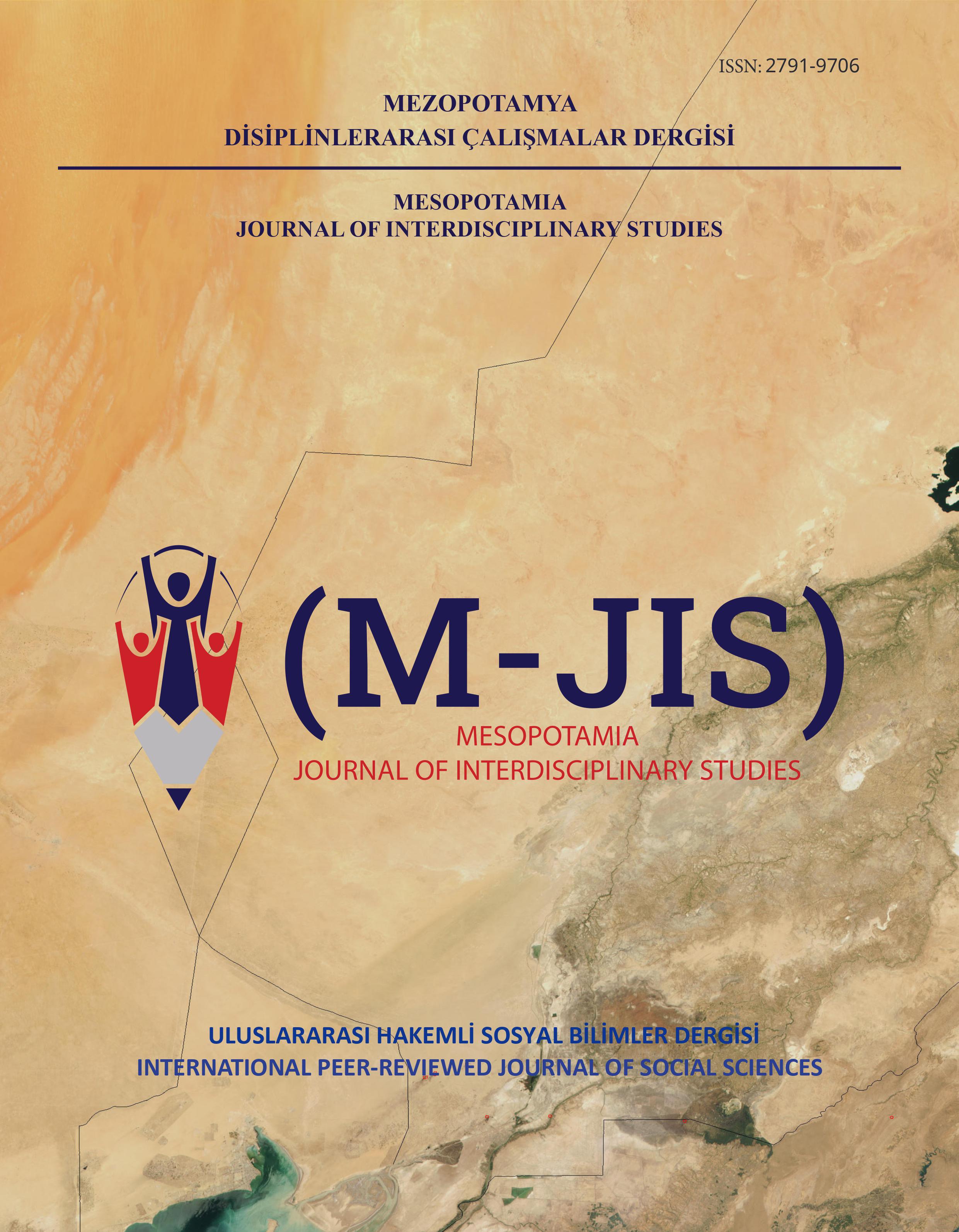Author :
Abstract
Bu çalışmanın amacı, Türkçede ve Almancada yardımcı fiilleri karşılaştırmalı bir bakış açısıyla incelemektir. Nitel araştırma deseninde betimsel bir yöntemle yapılan incelemede hem Türkçe hem de Almancada yardımcı fiillerin bulunduğu, ancak bu fiillerin kullanım alanlarının farklı olduğu görülmüştür. Türkçede yardımcı fiiller, ad ve ad soylu sözcükleri fiil yapmada kullanılırken, Almancada zaman bildirme ve edilgen çatı oluşturma işlevlerini yerine getirmektedir. Türkçede var oluş bildirmede “olmak”, kılış bildirmede “etmek” ve durum bildirmede “imek” yardımcı fiilleri görev yaparlar. Almancada “haben” ve “sein” yardımcı fiilleri geçmiş zaman bildirmede, “werden” yardımcı fiili gelecek zaman bildirmede kullanılır. Ayrıca edilgen çatı yapımında “werden” ve “sein” yardımcı fiilleri kullanılır. Almancada yardımcı fiiller bu görevleri yerine getirirken özneye göre çekimlenir ve anlamı belirleyen asıl fiil gerekli dilbilgisel işlem yapılarak tümcenin sonunda yer alır. Türkçede eklerle sağlanan zaman bildirme ve edilgenlik işlevlerini, Almancada yardımcı fiiller yerine getirmektedir. Biçimsel, sözdizimsel ve işlevsel açıdan ortaya çıkan bu farklılık, önemli bir dil öğrenme zorluğuna neden olmaktadır. Karşılaştırmalı çalışmaların yapılması, bu zorlukları aşmada yardımcı olacaktır.
Keywords
Abstract
This study deals whit the investigation of auxiliary verbs in Turkish and German from the perspective of contrastivity. In the study, which was carried out in a quantitative model with a descriptive method, it was found that the auxiliary verbs are used in both Turkish and German. But the funktions of these auxiliary verbs are not identical. While Turkish uses auxiliary verbs in the verbalization of nouns or noun-like words, in German the auxiliary verbs function in the formation of some past tenses or future tenses. In Turkish, the verbs “olmak”, “etmek” and “imek” are accepted as auxiliary verbs. In German the auxiliary verbs are “haben”, “sein” and “werden”. “Haben” and “sein” are used in the formation of the past tense, the auxiliary verb “werden is used in the formation of the future tense. The auxiliary verbs “werden” and “sein” are also used to form the passive voice. In German, the auxiliary verbs are conjugated according to subject and the main verbs are placed at the end of the sentence in perfect or present tense forms. Various tenses and formation of the passive, wich are formed in Turkish by the affix, are fulfilled in German by auxiliary vebrs. These differences, which arise in the morphological, syntactic and functional frameworks, cause significant learning difficulties. Contrastive studies can be helpful in overcoming these difficulties.





